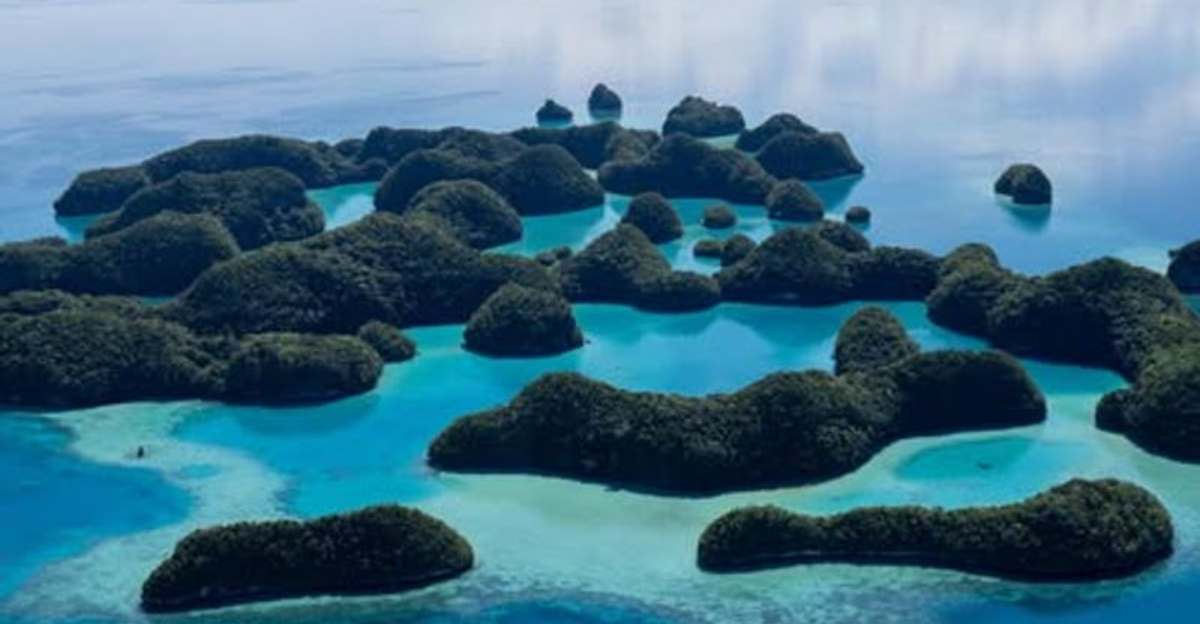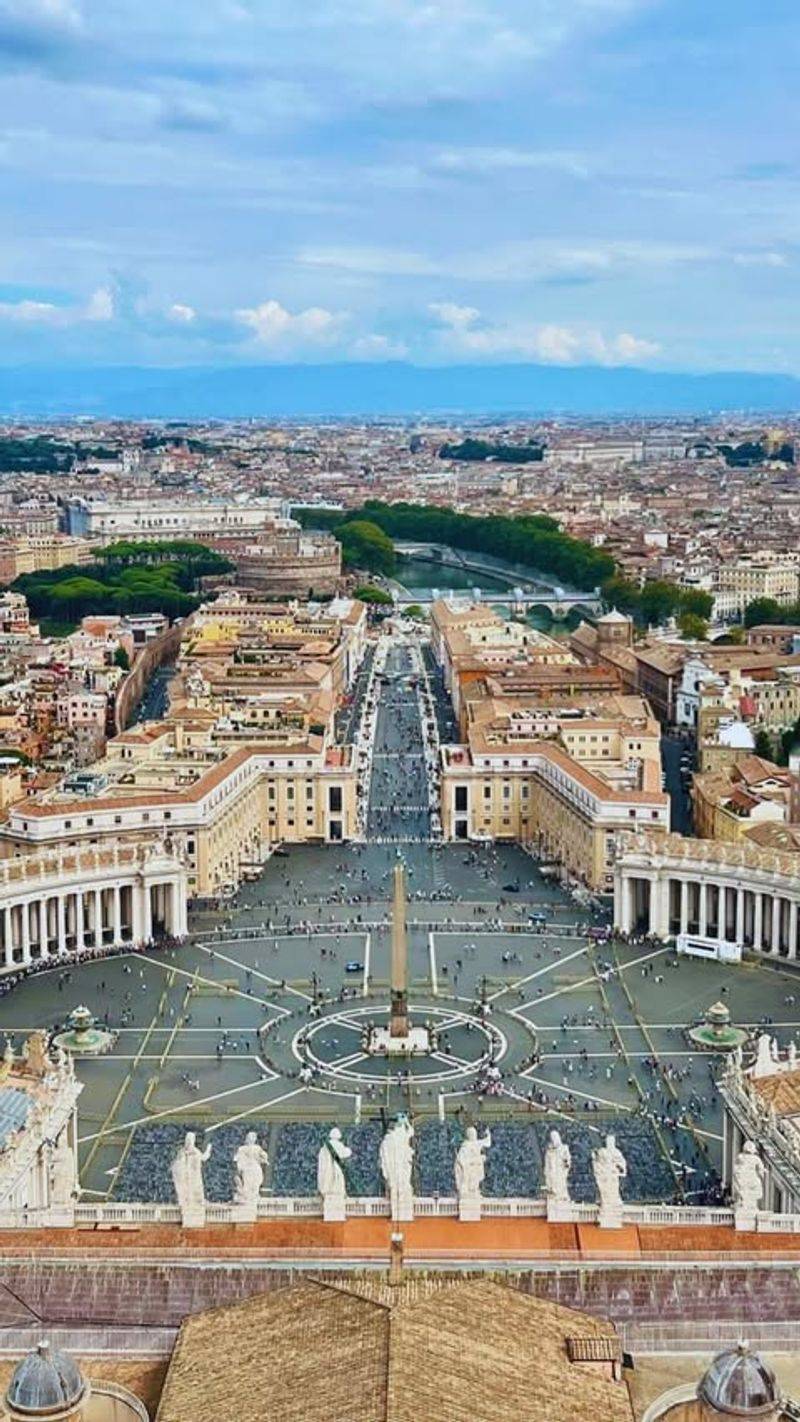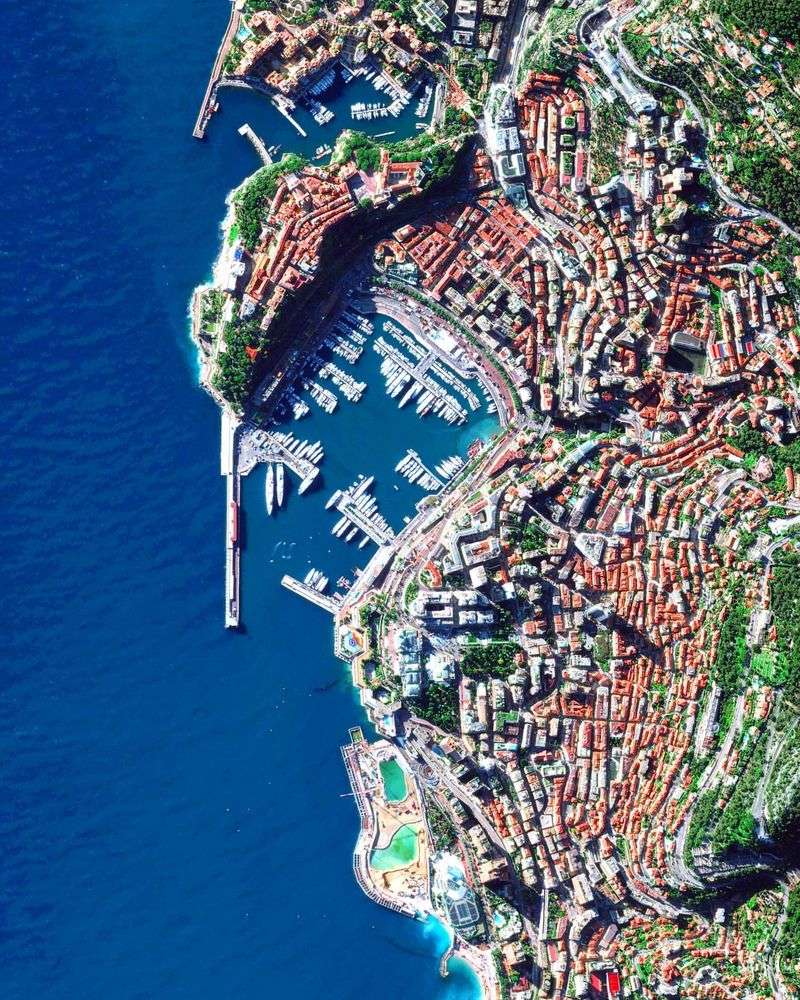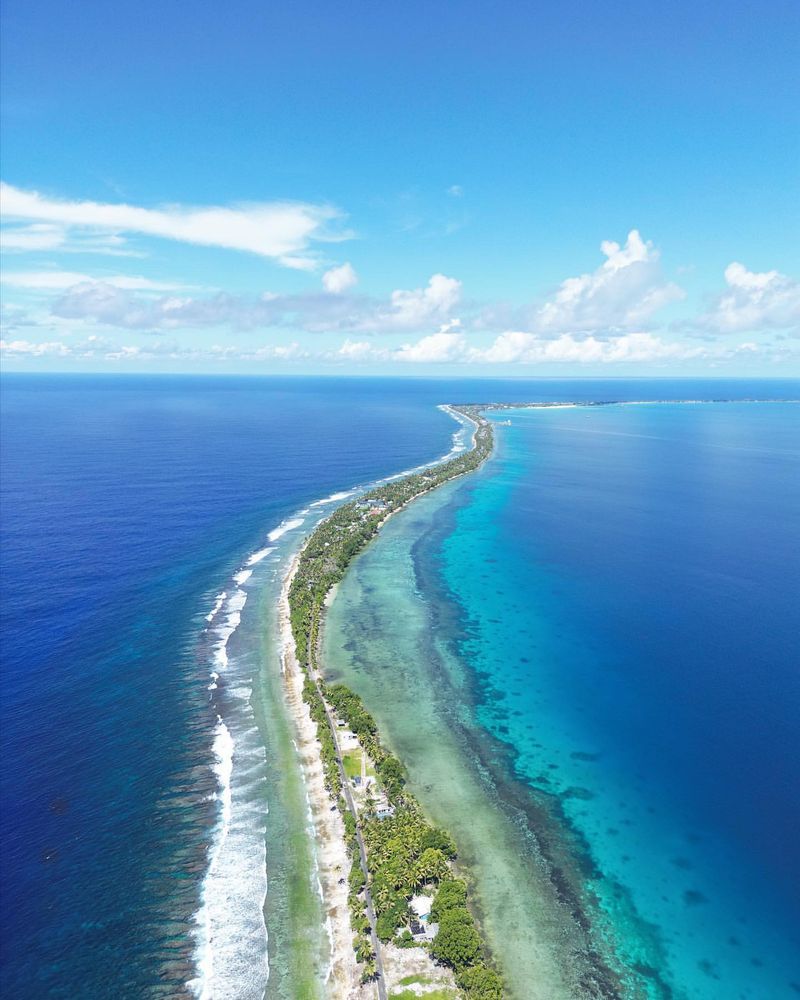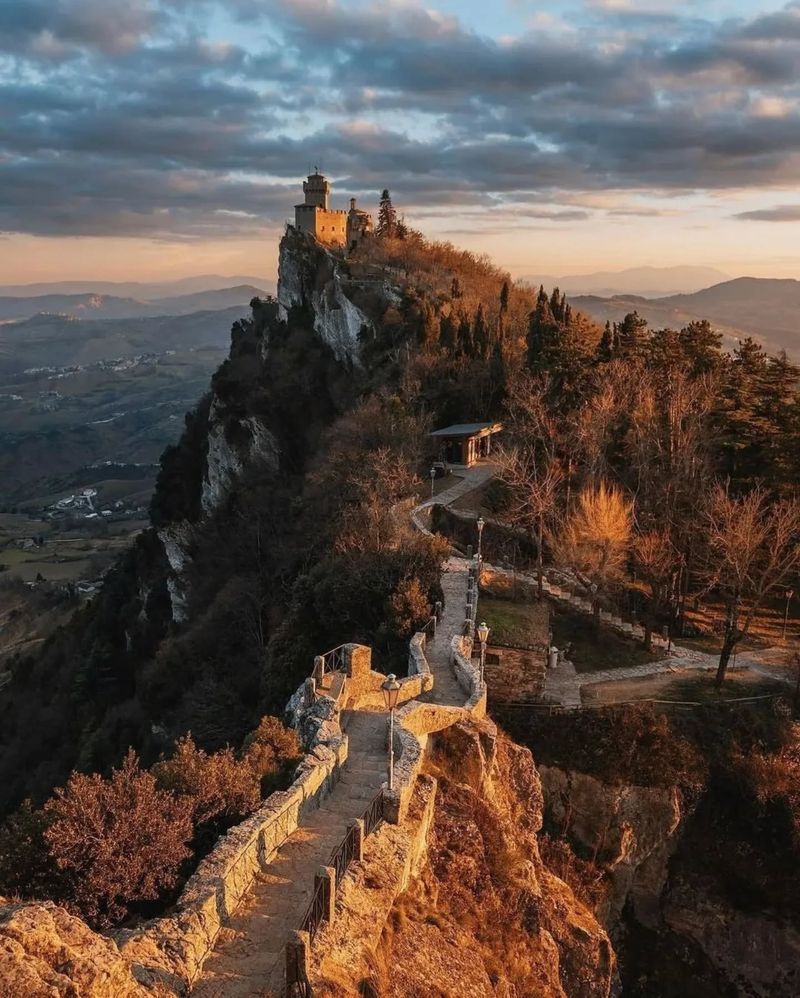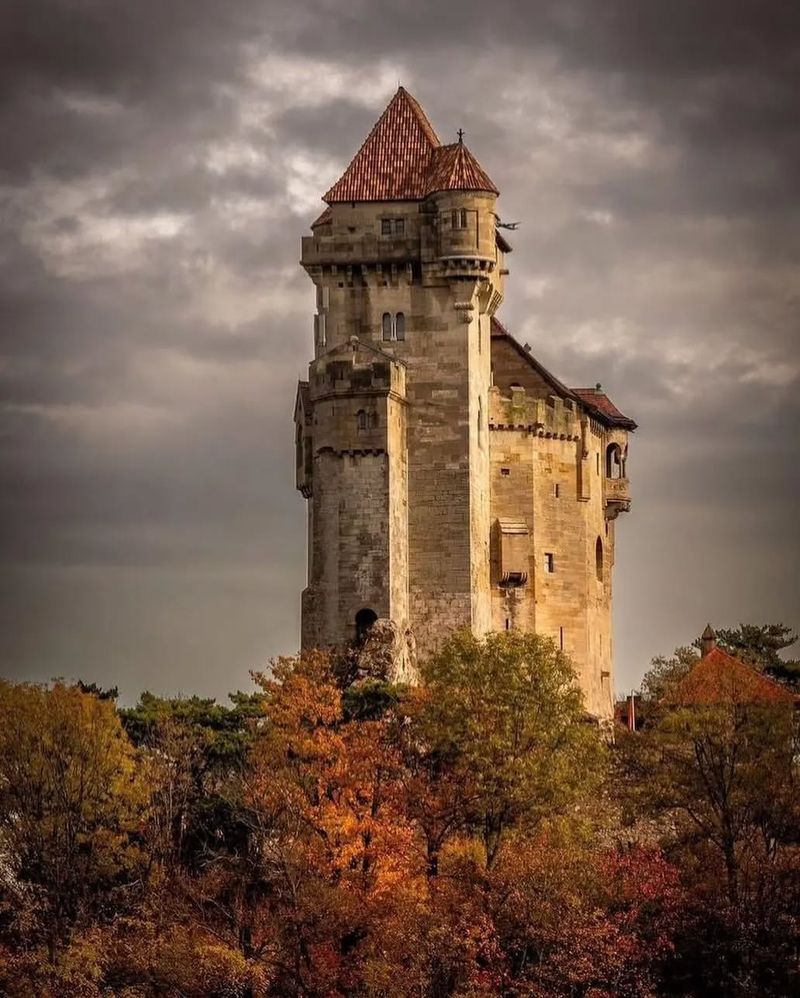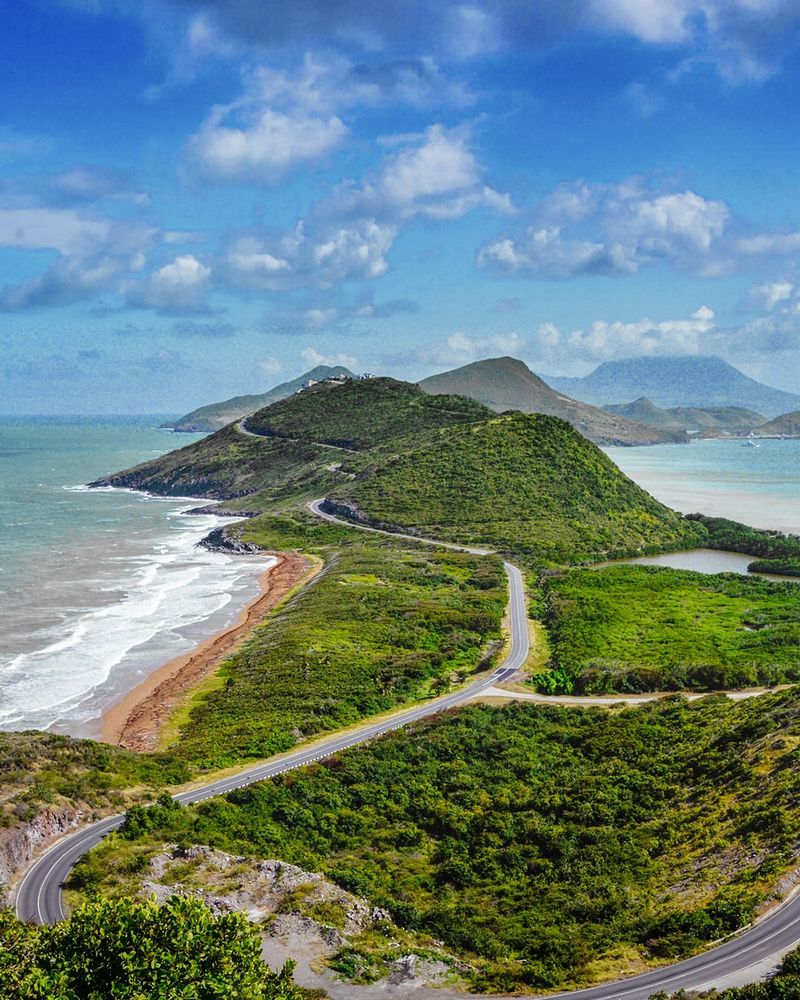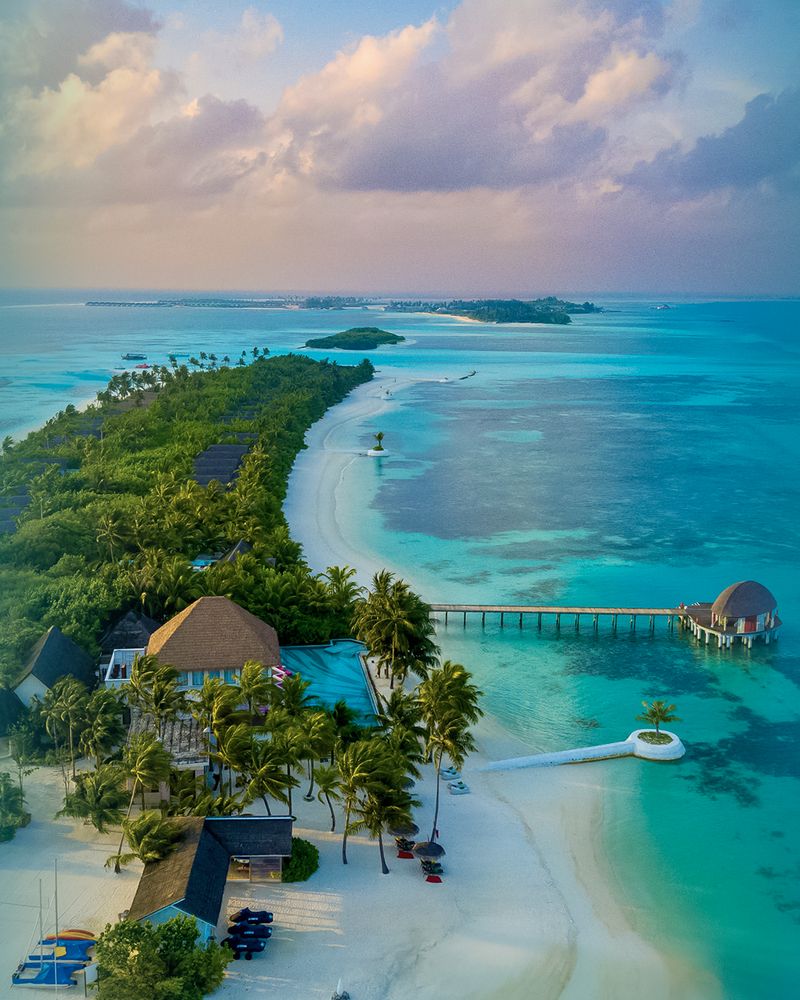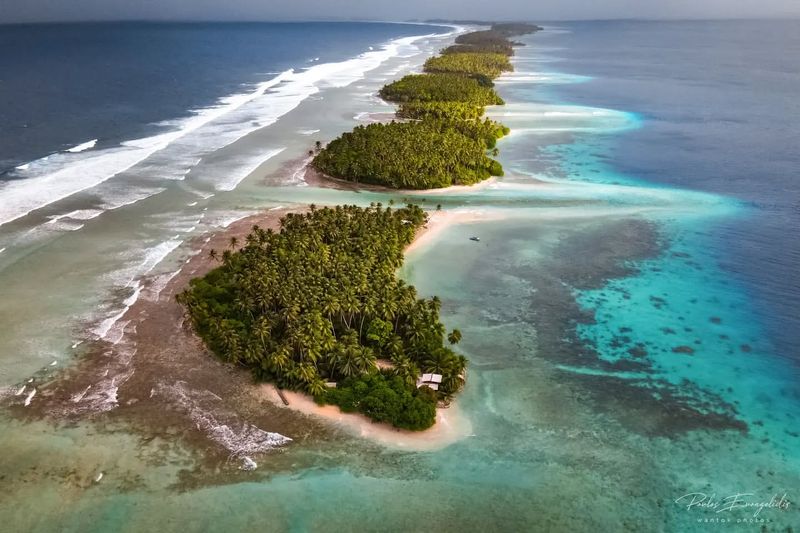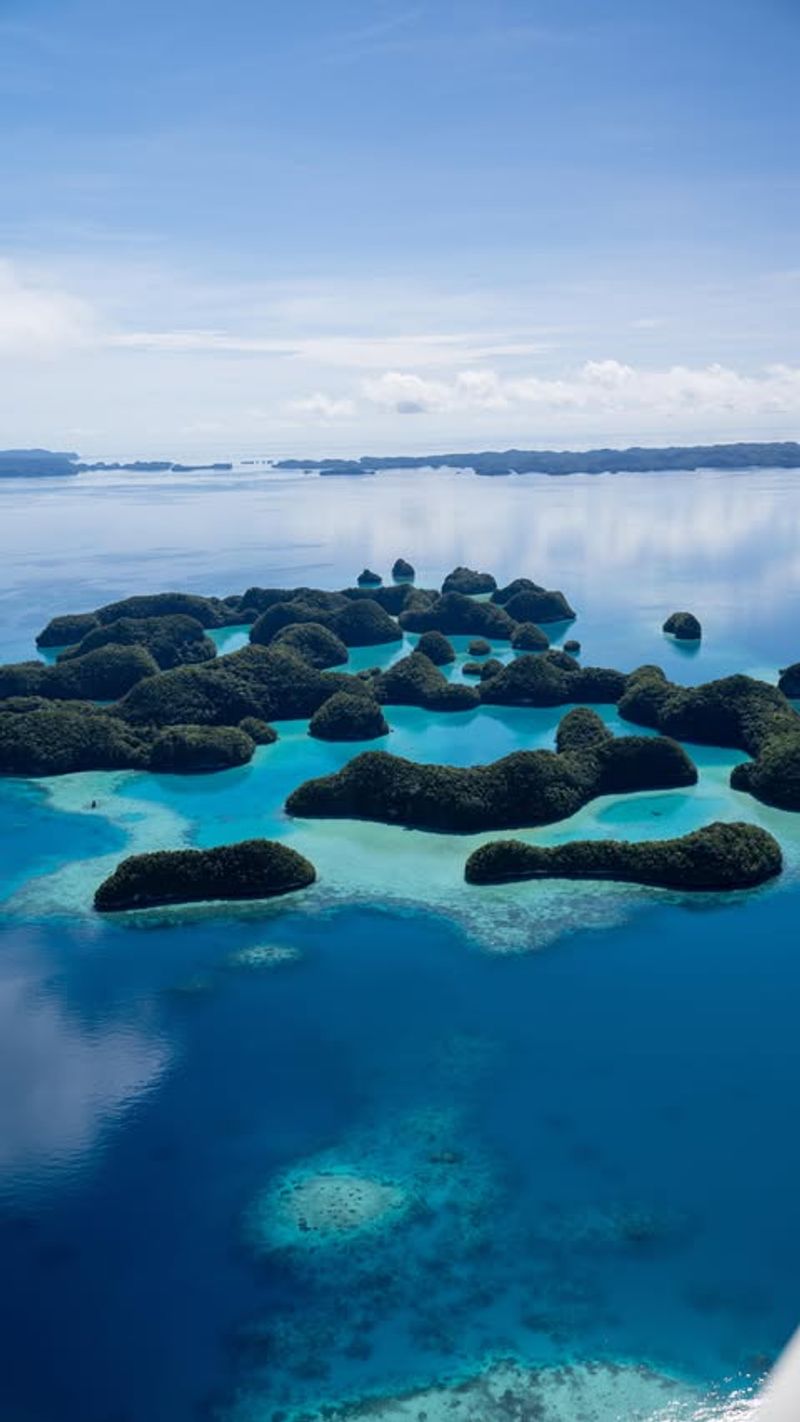Explore the captivating stories behind the world’s ten smallest countries. These nations, though small in size, are rich in history, culture, and uniqueness. Each one has its own intriguing tale that reflects its identity and charm. Join us as we delve into the fascinating narratives of these diminutive countries that prove size isn’t everything. From island paradises to historic city-states, discover the wonders that make these places extraordinary.
Vatican City
Vatican City, the spiritual and administrative heart of the Roman Catholic Church, is the world’s smallest country. Encompassing just 44 hectares, it is a walled enclave within Rome, Italy. Despite its size, Vatican City wields significant influence globally.
The city-state is home to iconic religious and cultural sites such as St. Peter’s Basilica, the Sistine Chapel, and the Vatican Museums, which house countless masterpieces. It is governed by the Pope and serves as his residence.
Vatican City’s unique status as a theocracy makes it a symbol of religious devotion, attracting millions of pilgrims and tourists annually.
Monaco
Nestled along the French Riviera, Monaco is renowned for its opulence and exclusivity. Covering just 202 hectares, it is the second-smallest country globally. Known for its glamorous casinos, yacht-lined harbor, and prestigious Grand Prix, Monaco exudes luxury.
This sovereign city-state is governed by the Grimaldi family, with Prince Albert II as its current head. Despite its small size, Monaco boasts a high standard of living and a bustling economy driven by tourism and banking.
Monaco’s blend of modernity and tradition, along with its scenic Mediterranean views, makes it a captivating destination.
Nauru
Nauru, a tiny island nation in Micronesia, covers just 21 square kilometers. Once known for its rich phosphate deposits, the country experienced a boom in wealth during the 20th century. However, mismanagement and depletion led to economic challenges.
Today, Nauru faces issues related to environmental degradation and financial instability. Despite these hurdles, it remains a place of resilience and community spirit.
Nauru’s cultural heritage, scenic beaches, and efforts towards sustainability offer a glimpse into the lives of its inhabitants, who find strength in their close-knit society.
Tuvalu
Tuvalu, composed of nine small islands in the Pacific Ocean, covers just 26 square kilometers. It is one of the world’s smallest and least-populated countries. Known for its beautiful coral reefs and traditional Polynesian culture, Tuvalu is a peaceful refuge.
Rising sea levels due to climate change pose a significant threat to Tuvalu’s existence, prompting efforts for international cooperation and environmental advocacy.
The country’s unique blend of tradition and modern challenges highlights its determination to preserve its way of life while adapting to new realities in a changing world.
San Marino
San Marino, one of the world’s oldest republics, is nestled on the Italian Peninsula. Covering just 61 square kilometers, it is a microstate surrounded by Italy. San Marino is famed for its medieval architecture, notably the Three Towers standing proudly on Mount Titano.
The country prides itself on its independence, historical continuity, and democratic traditions. Rich in history, San Marino’s old town is a UNESCO World Heritage Site.
Tourism and banking are vital to its economy, drawing visitors eager to explore its picturesque landscapes and deep-rooted cultural heritage.
Liechtenstein
Liechtenstein, a doubly landlocked alpine country, is bordered by Switzerland and Austria. Spanning 160 square kilometers, it is known for its stunning mountainous landscapes and strong financial sector.
Ruled by a constitutional monarchy, the Prince of Liechtenstein plays a vital role in governance. The country’s economy is robust, with industries such as banking and manufacturing thriving.
Liechtenstein’s blend of natural beauty, cultural richness, and economic resilience makes it a unique and attractive destination for visitors seeking both tranquility and prosperity.
Saint Kitts and Nevis
Saint Kitts and Nevis, a dual-island nation in the Caribbean, covers 261 square kilometers. Known for its volcanic mountains, lush rainforests, and sandy beaches, it is a haven for nature lovers.
The islands’ history is rich with colonial influences from the British and French. Today, it is a vibrant blend of cultures, celebrated through music, dance, and festivals.
Tourism is a major economic driver, alongside agriculture and offshore banking. The nation’s beauty and warmth make it a captivating destination for those seeking relaxation and adventure.
Maldives
The Maldives, a tropical paradise in the Indian Ocean, consists of 26 atolls and covers 298 square kilometers. Renowned for its stunning beaches, coral reefs, and luxury resorts, it is a dream destination for many.
Climate change and rising sea levels threaten the Maldives, prompting efforts towards sustainability and conservation. The country’s economy heavily depends on tourism and fishing.
Maldivian culture is a blend of South Asian, African, and Arabian influences, reflected in its music, arts, and cuisine. The Maldives’ beauty and cultural richness make it truly remarkable.
Marshall Islands
The Marshall Islands, located in the central Pacific Ocean, comprise 29 atolls and five islands, spanning 181 square kilometers. Known for their rich maritime culture, the islands have a deep connection to the ocean.
Historically, the islands were used for nuclear testing during the mid-20th century, leaving lasting impacts. Today, the Marshall Islands are committed to addressing environmental challenges and preserving their cultural heritage.
The islands’ pristine lagoons, vibrant marine life, and traditional ways of life attract visitors interested in exploring its unique and resilient culture.
Palau
Palau, an archipelago of over 500 islands in the western Pacific Ocean, covers 459 square kilometers. It is renowned for its rich biodiversity and pristine marine environments, making it a diver’s paradise.
The Rock Islands, with their unique formations and turquoise waters, are a UNESCO World Heritage Site. Palau’s commitment to conservation and sustainable tourism is evident in its policies and protected areas.
The nation’s cultural heritage, with influences from Melanesia, Micronesia, and Polynesia, enriches its vibrant society, offering a harmonious blend of tradition and innovation.
